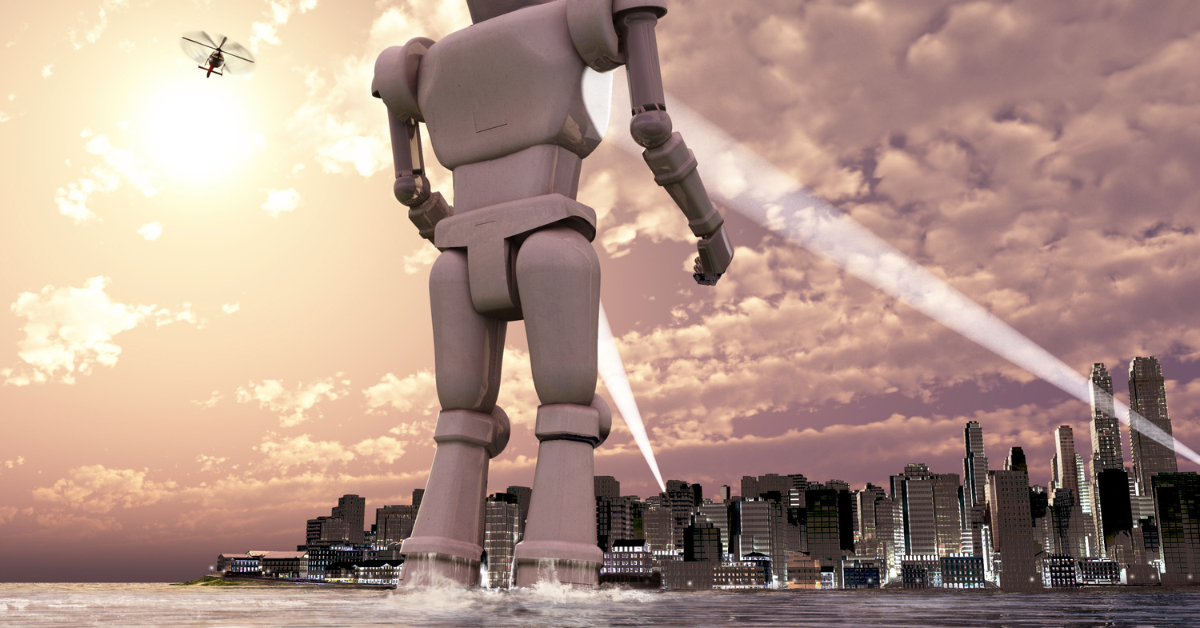The anime PLUTO, based on Naoki Urasawa’s reinterpretation of Osamu Tezuka’s classic Astro Boy story, has captured wide attention in Japan. For Japanese audiences, it is not just a remake but a serious work that challenges viewers with themes of war, coexistence, and forgiveness. This article explores how the Japanese perceive PLUTO, highlighting why it resonates so strongly with them.
What is PLUTO?
PLUTO is regarded as a “reconstruction that preserves the spirit of the original”. While Astro Boy was beloved as a children’s story, PLUTO emphasizes psychological depth and modern themes. Japanese readers view it not merely as nostalgic entertainment but as a work that raises serious questions. With its tension and mystery, it feels closer to a social drama or suspense thriller. The anime adaptation maintains this heavy tone, with visual and sound design that further enhance its completeness.
Points Japanese Audiences Value
Japanese evaluations fall into three broad areas:
- Story depth – Rather than simple good-versus-evil, perpetrators and victims both have reasons, prompting audiences to reflect.
- Urasawa’s artwork – More realistic than Tezuka’s, it captures subtle emotions, allowing readers to immerse themselves in the characters’ psychology.
- The anime’s quality – Voice acting and music are carefully designed, deepening Japanese viewers’ experience.
Japanese Impressions
| Aspect | Positive Opinions | Negative Opinions | General Trend |
|---|---|---|---|
| Story | Impressive in tackling war and discrimination head-on | Too heavy, emotionally exhausting | Many praise the weight as meaningful |
| Artwork | Realistic and detailed drawing style | Loses Astro Boy’s brightness | Strong support among fans of realism |
| Direction | Tense and engaging | Quiet stretches feel too long | Appreciated by those who value subtle pacing |
| Anime Adaptation | Perfect balance of voice acting and music | Dark tone doesn’t suit all viewers | Overall high quality |
Artwork and Direction
Urasawa’s craft receives strong praise in Japan. Subtle facial changes and silences often convey more than dialogue. This style of “saying much with few words” aligns with Japanese aesthetics of appreciating silence and space. In the anime, careful use of lighting and sound intervals emphasizes density over spectacle, which Japanese audiences find satisfying.
Impressions of the Anime
The anime adaptation elevated the reputation of PLUTO. Voice actors delivered calm yet weighty performances, and the music shifted effectively between stillness and intensity. Japanese audiences therefore recognize it as “an anime worthy of adults”. Some note it requires stamina to watch in long sessions, but this very heaviness reflects the depth of its themes.
Japanese vs. Foreign Impressions
| Viewpoint | Japanese Evaluation | Likely Foreign Impression |
|---|---|---|
| Story | Resonates with social issues and history | Understood as universal themes |
| Characters | Subtle emotional depth | Individual backstories are clear |
| Themes | Linked to memories of war | Related to racial or religious issues |
| Visuals | Focus on silence and lighting | Appreciated for artistic quality |
Cultural Resonance
Japanese audiences respond positively to PLUTO because it reflects cultural values. The principle of “harmony over conflict” is deeply rooted in Japan, and the relationship between humans and robots naturally echoes this. The depiction of hatred and forgiveness resonates as a continuation of real historical experiences, not just fictional drama.
Differences Between Japanese and Foreign Perspectives
| Theme | Japanese Perspective | Foreign Perspective |
|---|---|---|
| War | Viewed through the lens of historical pain | Seen as a universal human issue |
| Robots | Portrayed as projections of humanity | Seen as symbolic of science fiction |
| Darkness | Regarded as part of its appeal | Sometimes “too heavy” |
| Forgiveness | Process of reconciliation is central | Preference for clear resolutions |
Guidance for First-Time Foreign Viewers
For foreign audiences, the key is to focus less on the mystery of the crime and more on “the shifting emotions”. Silence, pauses, and changes in gaze carry meaning. Watching one episode at a time, rather than binge-watching, allows viewers to savor its aftertaste.
Viewing Styles
| Style | Advantages | Disadvantages |
|---|---|---|
| Binge-watching | Keeps the flow of the story intact | The heaviness can be exhausting |
| Watching in parts | Allows reflection and deeper appreciation | Risk of losing emotional momentum |
| Starting with manga | Provides depth of the original | Requires more time |
| Starting with anime | Immediate understanding through visuals and music | Differences from manga may surprise |
Conclusion
PLUTO is widely seen in Japan as “a masterpiece that combines nostalgia with innovation”. It confronts difficult themes like war and prejudice without avoidance, and this courage has won lasting support. For foreign viewers, understanding how Japanese audiences see it—as a serious and culturally resonant work—can deepen appreciation. Ultimately, PLUTO is not just anime, but a question posed about humanity itself, with a universality that crosses borders.






